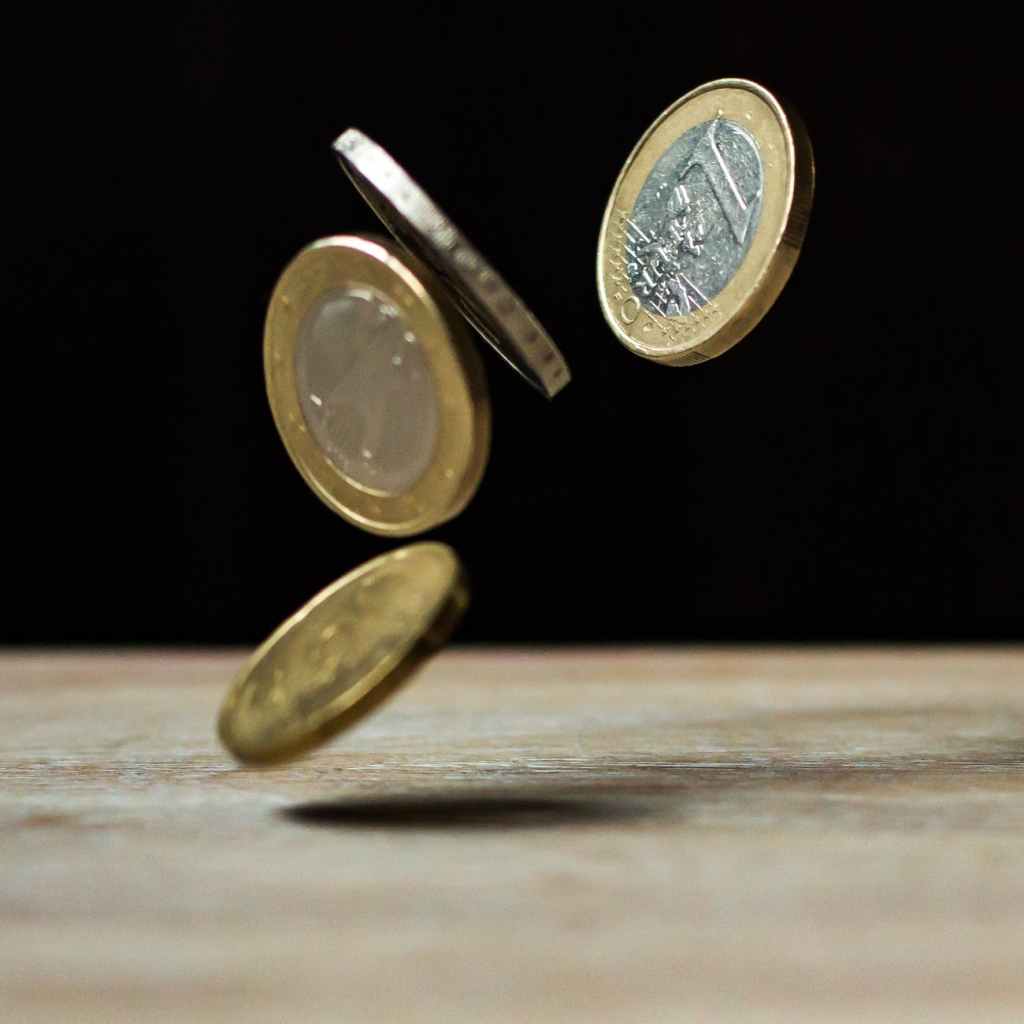A company which is listed in the stock market has to publish 3 essential financial statements.
- The balance sheet
- The profit and loss statement
- The cash flow statement
Briefly, the balance sheet shows the health of the company at the reported time, profit and loss statement shows how much profit the company is making after all expenses and taxes, and the cash flow shows how the company is generating the cash from its operations as well as investments.
Free Cash Flow (FCF) is an important metric that is used by investors to evaluate the real worth of a company.
In personal finance, while balance sheet (Your net worth) and profit and loss (how much you are making and spending) are important, managing the cash flow is key to achieve your financial goals.
In this blog, we will talk about how to manage your cash flow – no matter whether you earn a lot or earn an average paycheck.
Most people do not manage their cash flow, forget about doing a budget or any other conscious form of tracking.
At the end of the month or year, we wonder where all the money earned went.
Conventional ways of managing cash flow
There are several techniques Personal Finance experts have championed time and again.
- Do a budget, track every dollar.
- Create an envelop for groceries, utilities, fun etc.
- Use separate accounts.
- New automated solutions like Stash, Digit etc.
All of these are good methods, but the problem is sticking to the discipline of maintaining it day after day, month after month.
Isn’t that boring and worrying at the same time? Few issues with these approaches are:
- Writing down expenses every day
- Stuffing that envelop and counting the money every time before spending
- Keeping track of multiple accounts
- Not knowing how much the AI driven savings app is going to deduct next month
So is there a simpler and better way?
Just like most posts in this blog, I seek simplicity and automation.
The simpler way of managing your cash flow
There are 4 goals to managing the cash flow every month.
- Invest for the future
- Save for the short term
- Pay your bills
- Spend the rest
In fact, any wind-fall is also a one time cash flow, and can be fit into the same framework. Lets say you got a bonus of $1000, for example, the Govt is sending a check to all Americans. And if you want to keep it simple, allocate 25% to all the 4 goals.
- Invest $250 in your long term (retirement, child education) plans. The market is down and you can invest $250 in a mutual fund or an ETF.
- Save $250 for any short term goals that you have. It could be added to your monthly savings goals, towards anything like vacation, buying that new phone, or simply emergency fund.
- If you have consumer debt, why not allocate some to pay it off? Use $250 to pay off the highest interest or smallest balance credit card.
- Now you have $250 to splurge on. Buy that favorite book, order the special meal or decorate your home.
But how do we automate and manage the cash flow every month?
- Invest – Direct deposit investments. In fact most employers have systems to auto-deposit 401-k investments or direct deposit to your chosen brokerage firm.
- Save – Auto transfer to a savings account from your checking account.
- Pay Bills – Setup auto-pay with your credit card or debit card. Set the bill payments mostly towards beginning of the month.
- Spend – Use your debit card to spend – it will tell you when the money runs out.
Once setup, the only stress you have is the last bullet, where you have to make your spending within the limits, or rather the residue after all obligations are set aside or paid off.
How it can snowball into Financial Freedom
As you get consistent with stashing money away for investing and savings, those may generate additional cash flow or assets which will come back to bolster the spending budget.
Thus cash flow is a virtuous cycle once set up the correct way. Lets take some initials and approach this from a math perspective.
- J – Job Income
- R – Retirement
- I – Investment
- S – Savings
- B – Bills
- E – Expense
- P – Portfolio Income
J + P = R + I + S + B + E
I can produce P in terms of interest, dividend or rental income.
In the wealth accumulation years, the goal should be to increase J, so that I can be increased, which when invested can increase P. P is added to J and a part reinvested, saved or used.
As you reinvest P, it will generate more P till at a point, J becomes less and less important.
This cash flow situation is called Financial Freedom.
Conclusion
We just presented a simple and fully automated cash flow management system for personal finances. It does not take much discipline and will power to stick to it, once correctly setup.
This is also explained in more detail in the post The SAFE plan – Simple, Automated, Flexible and Efficient .
Photo by Pixabay on Pexels.com


